-
-0%The British Tradition II: Poetry & Prose from the Elizabethan to the Neoclassical Age (1485-1784 A.D.), Third Edition features poems from the Elizabethan to the Neoclassical Age (1485-1784 A.D). The anthology contains introductory readings that provide background information and historical context for the works as well as short introductions for the poems.in 10th Grade
The British Tradition II: Poetry & Prose from the Elizabethan to the Neoclassical Age Set
By:$81.40Original price was: $81.40.$73.27Current price is: $73.27. -
Poetry Book Three: The Romantic to the Victorian Age Student Guide, Second Edition covers the subjective and spontaneous works of the Romantic poets as well as the mission-driven poems of the Victorians. This guide contains vocabulary studies, reading notes, comprehension questions, Socratic discussion questions, work with quotes, and literary and rhetorical devices.in 10th GradeSku: 9781615389247
The British Tradition III: Poetry from the Romantic to the Victorian Age (1785-1901 A.D.) – Student Guide (Second Edition)
By:$24.95 -
Poetry Book Three: The Romantic to the Victorian Age Teacher Guide, Second Edition includes all answers to the Student Guide as well as tests and quizzes. The teacher guide also includes reading notes, vocabulary, comprehension question answers, Socratic discussion question answers, and essay prompts. The Poetry Book Three: The Romantic to the Victorian Age Teacher Guide, Second Edition enables educators to guide students through the grammar, logic, and rhetoric stages towards a deeper understanding of each poem’s ultimate meaning and expression.in 10th GradeSku: 9781615389254
The British Tradition III: Poetry from the Romantic to the Victorian Age (1785-1901 A.D.) – Teacher Guide (Second Edition)
By:$27.95 -
Poetry, Book Three: The Romantic to the Victorian Age includes the full text of selected poems as well as informative introductions for each time period being studied and biographies for each poet. Featured poets include Blake, Wordsworth, Coleridge, Byron, Shelley, Keats, Tennyson, Kipling, and more.in 10th GradeSku: 9781615389384
The British Tradition III: Poetry from the Romantic to the Victorian Age (1785-1901 A.D.) – Text (Second Edition)
By:$28.50 -
-0%The British Tradition III: Poetry from the Romantic to the Victorian Age is the third book in our British Tradition series and features poems from 1785-1901 A.D. The anthology covers the subjective and spontaneous works of the Romantic poets as well as the mission-driven poems of the Victorians.in 10th Grade
The British Tradition III: Poetry from the Romantic to the Victorian Age (1785-1901 A.D.) Set
By:$81.40Original price was: $81.40.$73.27Current price is: $73.27. -
The Student Study Guide contains questions corresponding with the text that will not only strengthen the student’s comprehension skills, but also strength their ability to formulate clear and concise answers.in 7th GradeSku: 9781615380725
The Bronze Bow – Student Guide
By: HLS Faculty$18.95 -
The Teacher Guide contains answers to the questions within the Student Study Guide, quizzes, tests, and the answer key.in 7th GradeSku: 9781615380732
The Bronze Bow – Teacher Manual
By: HLS Faculty$18.95 -
-0%Memoria's The Bronze Bow Set does just that. By reading the text and going through the Student Study Guide, the student will not only sharpen his reading skills, but also his comprehension skills as well. This set includes the following: The Bronze Bow text, Student Study Guide, and the Teacher Guide.in 7th Grade
The Bronze Bow Set
By: Speare, Elizabeth George$50.40Original price was: $50.40.$45.37Current price is: $45.37.By: Speare, Elizabeth George$50.40Original price was: $50.40.$45.37Current price is: $45.37. Add to cart -
This comprehension guide covers both The Call of the Wild and White Fang.in 5th GradeSku: 9781932168723
The Call of the Wild and White Fang – Comprehension Guide
By: Ned Bustard$26.50 -
The Canterbury Tales Student Guide, Second Edition increases the student’s vocabulary and reading comprehension by providing in-depth vocabulary study, reading notes, comprehension questions, and more.in 10th GradeSku: 9781547701131
The Canterbury Tales – Student Guide (2nd Edition)
By: David M. Wright$18.95 -
The Canterbury Tales Teacher Guide, Second Edition contains the answers to the The Canterbury Tales Student Guide, Second Edition and the Quizzes and Tests.in 10th GradeSku: 9781547701148
The Canterbury Tales – Teacher Guide (2nd Edition)
By: David M. Wright$18.95 -
The Canterbury Tales by Geoffrey Chaucer is a collection of 24 tales framed as a story-telling competition between fellow travelers on their way to visit the grave of Saint Thomas Beckett at Canterbury Cathedral.in 10th GradeSku: 9781547702060
The Canterbury Tales (Prologue & Three Tales) – Text (Second Edition)
By: Geoffrey Chaucer$19.50 -
-0%The Canterbury Tales Student Guide, Second Edition increases the student’s vocabulary and reading comprehension by providing in-depth vocabulary study, reading notes, comprehension questions, and more.in 10th Grade
The Canterbury Tales Set
By: David M. Wright$57.40Original price was: $57.40.$51.67Current price is: $51.67. -
-15%Canterbury Text Sample Canterbury Tales Student Sample Canterbury Teacher Sample The Canterbury Tales by Geoffrey Chaucer is a foundational work in English poetry which every student should read. The Student and Teacher Guides will increase the student’s vocabulary and reading comprehension. About the text: “Chaucer’s Canterbury Tales—witty, bawdy, zany, satirical, and literary. From the late medieval period on, Chaucer has been considered the “father or English poetry.” Indeed, his Middle English verse electrified the day with its satire of English society. Writing in the later 14th century, he caused ripples with his bold move to write in the vernacular English instead of the expected literary Latin. With prophetic wisdom, he sensed the potential of English to absorb elements from many languages, making it the literary language of the future—opening the way for Shakespeare. Michael Murphy’s deft Reader-Friendly Edition presents Chaucer’s original words put into modern spelling, thereby preserving the literal Chaucerian Middle English without the unnecessary obstacle of fourteenth century spelling. Enjoy these surprising tales told by a group of quirky medieval English pilgrims in a storytelling contest on their journey to the shrine of St. Thomas Becket, Archbishop of Canterbury. This volume includes Chaucer’s General Prologue, The Pardoner’s Tale, The Nun’s Priest’s Tale, and the Franklin’s Tale.”in 9th GradeSku: QB:01039374003464
The Canterbury Tales Set (Second Editions)
By: Geoffrey Chaucer$54.25Original price was: $54.25.$46.11Current price is: $46.11. -
The Categorical Imperative guidebook, for both instructors and the students themselves, explores the philosophical bases behind the concepts introduced in the novel. These include the beliefs and ideas of Socrates, Mill, Kant, Rousseau, Hume, John Milton, Shakespeare, Newton, Einstein, Alan Turing, and others. It also provides a summary of the plot developments, a philosophical basis for the key concepts of each chapter, discussion questions, and more.in 10th GradeSku: 9780898248371
The Categorical Imperative – Guidebook
By: Sharon Kaye, Ph.D.$22.95 -
In this novel, three middle schoolers enter virtual reality to track down Rousseau, Hume, and Kant in order to battle skepticism. Rousseau’s concept of autonomy shows that humans should obey only their own laws. But can autonomy provide a new foundation for both science and morality, as Kant insists? The youngsters discover what it means to obey your own laws and discover that reality is more amazing than they ever dreamed.in 10th GradeSku: 9780898248364
The Categorical Imperative – Student Book
By: Sharon Kaye, Ph.D.$22.95
Grade
Shop our products by Grade.


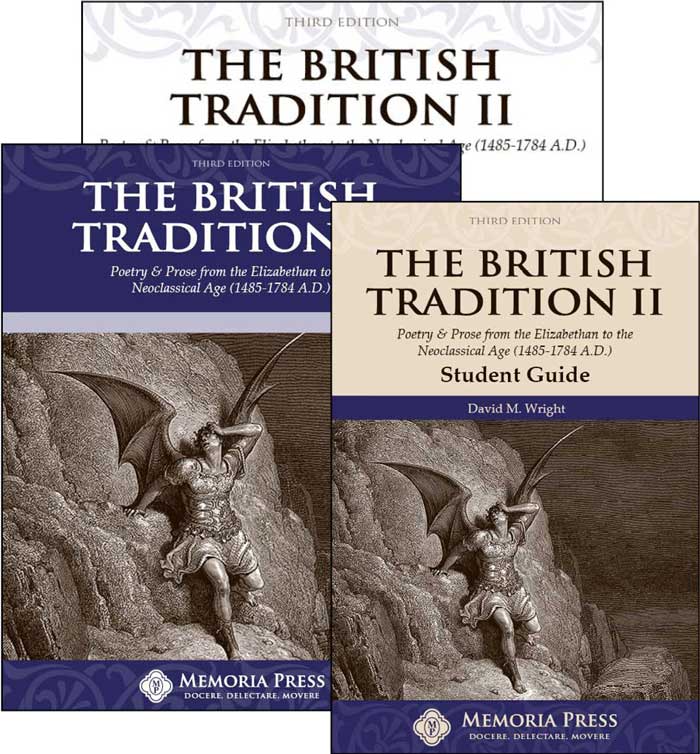
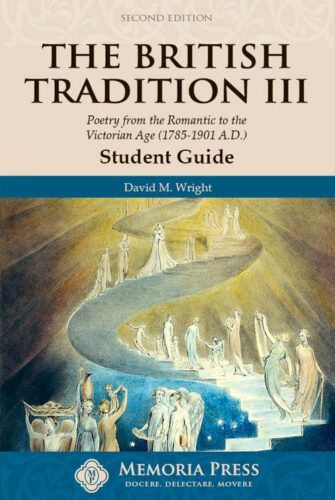
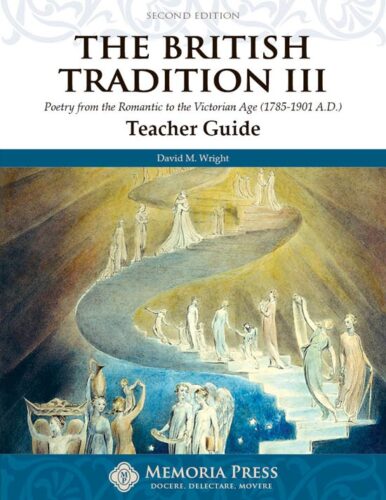
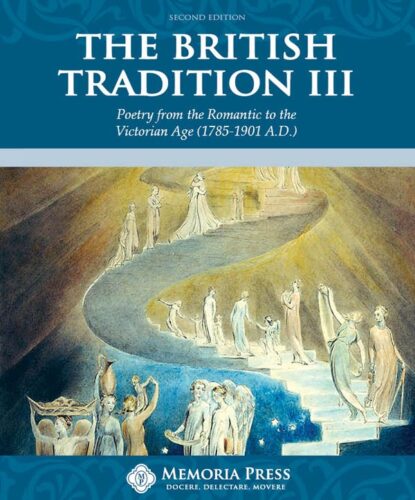
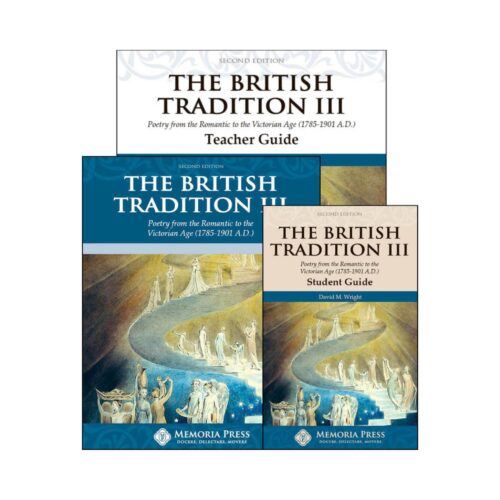
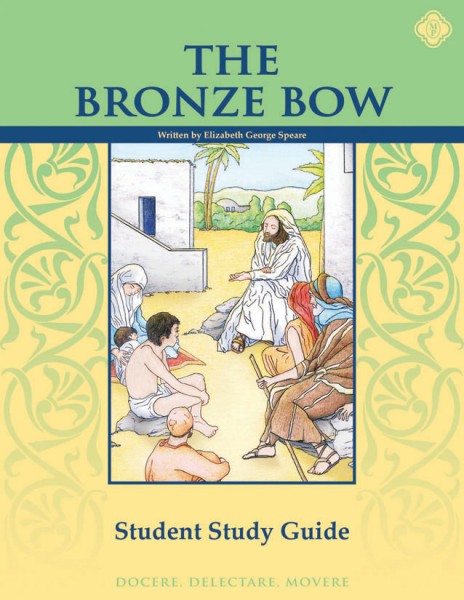



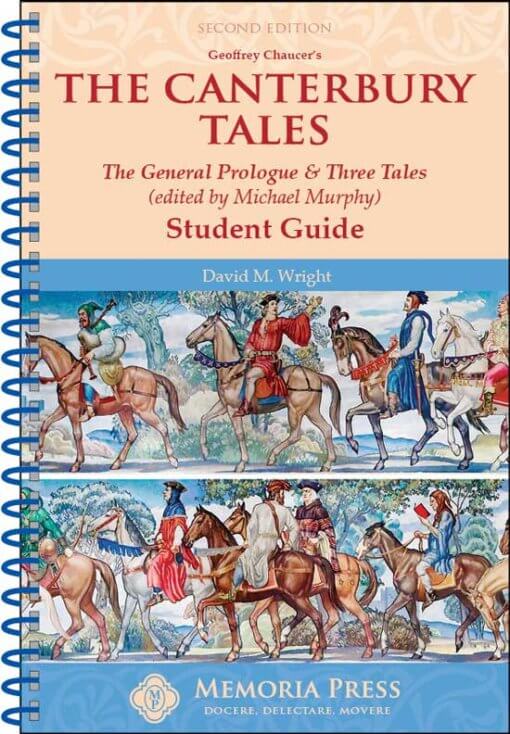
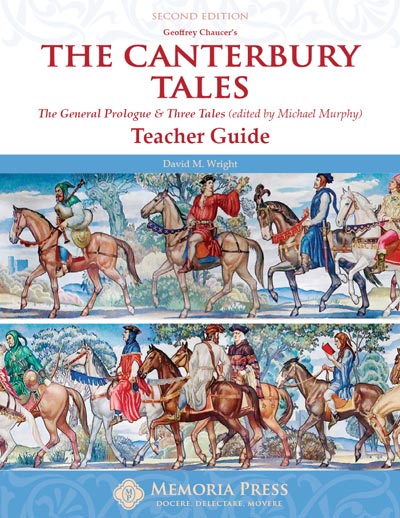
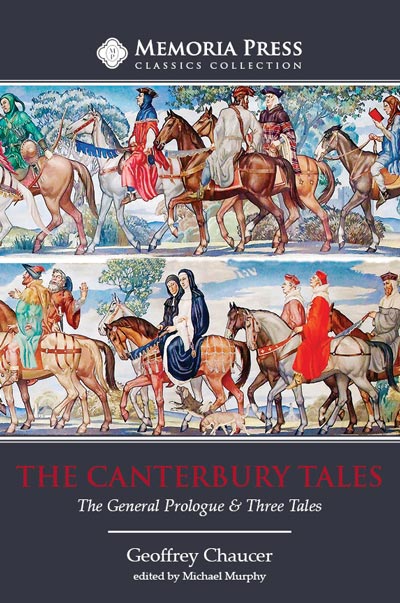
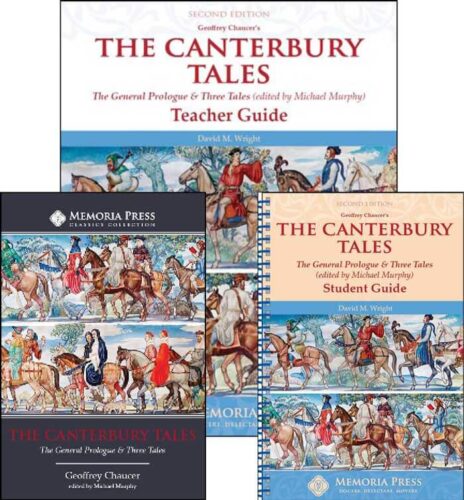

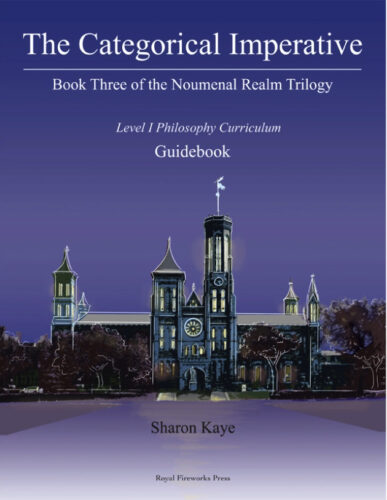
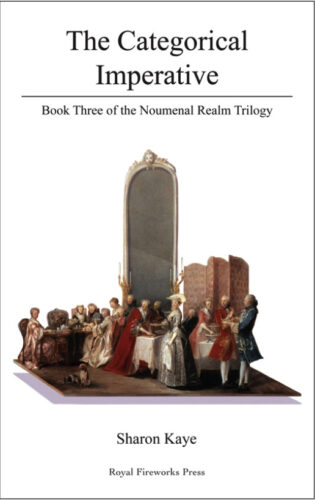
 No products in the cart.
No products in the cart.